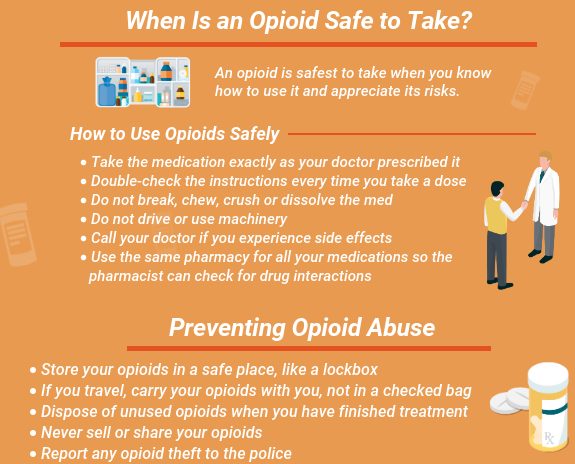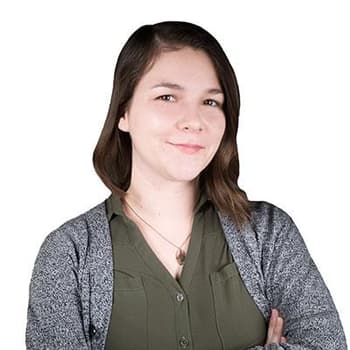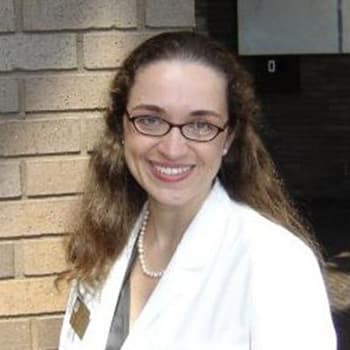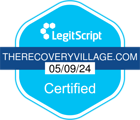Even if you take an opioid prescription exactly as prescribed, addiction is possible.
With the opioid epidemic now in full swing across the country,more than 130 peopledie every day from opioid overdose. Because opioids remain commonly prescribed pain medications, this has led people to realize thatopioid addictionis possible, even if a person uses opioids as prescribed.
A recent poll conducted by The Recovery Village explored attitudes about the ease of becoming addicted to opioids.
| Number of Participants: | 400 |
|---|---|
| Age: | 18 to 34:40% of participants 35 to 54: 37% of participants 55 and older:23% of participants |
| Gender: | Female:60% Male:40% |
| Ethnicity: | White:67% Black:11% Hispanic:11% Asian:6% |
| Marital Status: | Married:39% Single:38% |
| Income: | Low-Income:59% Middle-Income:25% High-Income:10% |
How Opioid Addiction Develops
Opioids are drugs that not only relieve pain and impact the brain’s powerful reward center. When you take an opioid, your brain is flooded withfeel-good chemicals. The more opioids you take, the less of these feel-good chemicals your body produces on its own. Over time, the body grows dependent on opioids to feel good. Worse still, as your brain becomes used to the opioids, you may gradually need higher doses to obtain the same feel-good effects. Together, these factors can lead to someone starting to feel like they need to take opioids to feel normal. In other words, the person starts to become addicted.
Opioids have been around for hundreds of years. However, the abuse of prescription opioids in their current form didn’t become a public health crisis until the early 2000s. Several factors came together to create this perfect storm.
Treatment Can Be Life Changing. Reach out today.
Whether you are struggling with addiction, mental health or both, our expert team is here to guide you every step of the way. Don’t wait— reach out today to take the first step toward taking control of your life.
Starting in the 1990s and 2000s, many influential groupspushed for policiesthat increased opioid prescribing.
Overprescribing Is a Key Component
When asked to identify the main driving factor for the opioid crisis in the United States, almost 64% of Recovery Village poll respondents stated that they believed that overprescribing was the main culprit.
Experts agree with the poll respondents. Research shows that opioid overprescribing is widespread and plays amajor rolein opioid addiction. In many cases, doctors end up prescribing more pills than necessary. The greater the number of pills prescribed, the greater the chance they are taken for longer than necessary, which increases the risk of addiction. Often, medications prescribed for acute pain end up being taken long-term. For example, around6%of people who begin taking opioids after minor or major surgeries continue using the drugs 90 days after surgery. Prolonged opioid use greatlyincreasesthe risk of addiction. Up to26%of people who are prescribed opioids for chronic, non-cancer-related pain end up becoming dependent on the drugs.
When Is an Opioid Safe to Take?
Most poll respondents were concerned about the safety of using opioids even when taken as prescribed.
When asked ifopioids are addictiveeven if used as directed, almost 60% of respondents said, “yes.”
Respondents are correct that opioids are addictive, and that the benefits of using them need to be carefully weighed against the risks. Opioids are safest to take when you know how to use it and appreciate its risks.Generally, the lowest possible dose should be used for the shortest amount of time.

Opioids are not the only therapy used to treat pain.Non-opioid medicationsand therapies are also available. Because opioids are a high-risk drug, talking with your doctor about first trying other options is important.
If you or someone you love shows signs of opioid addiction, they may need help to break free of the cycle of opioid use. Our experts at The Recovery Village can help put them on the path to a healthier future.Contact us todayto learn more.








